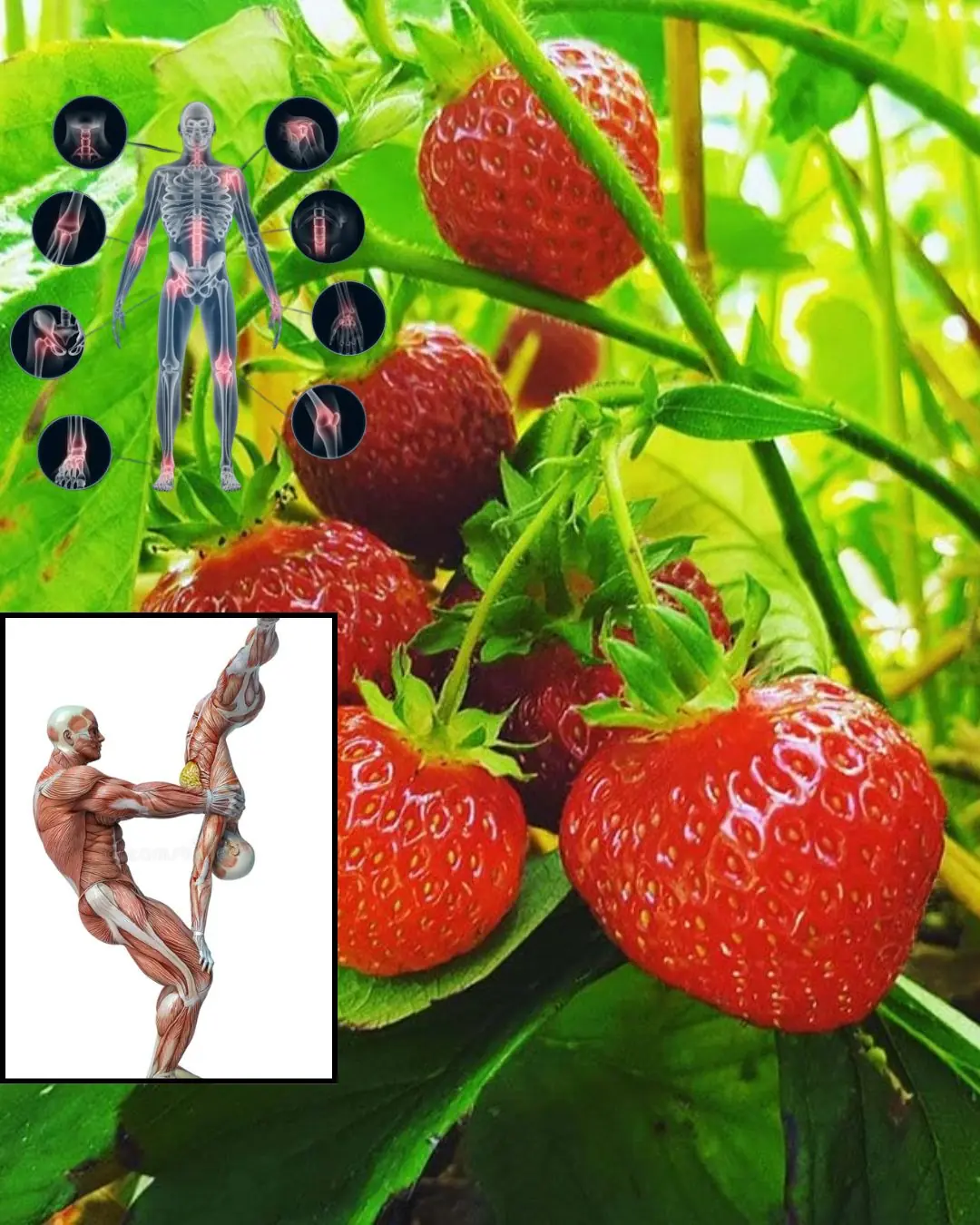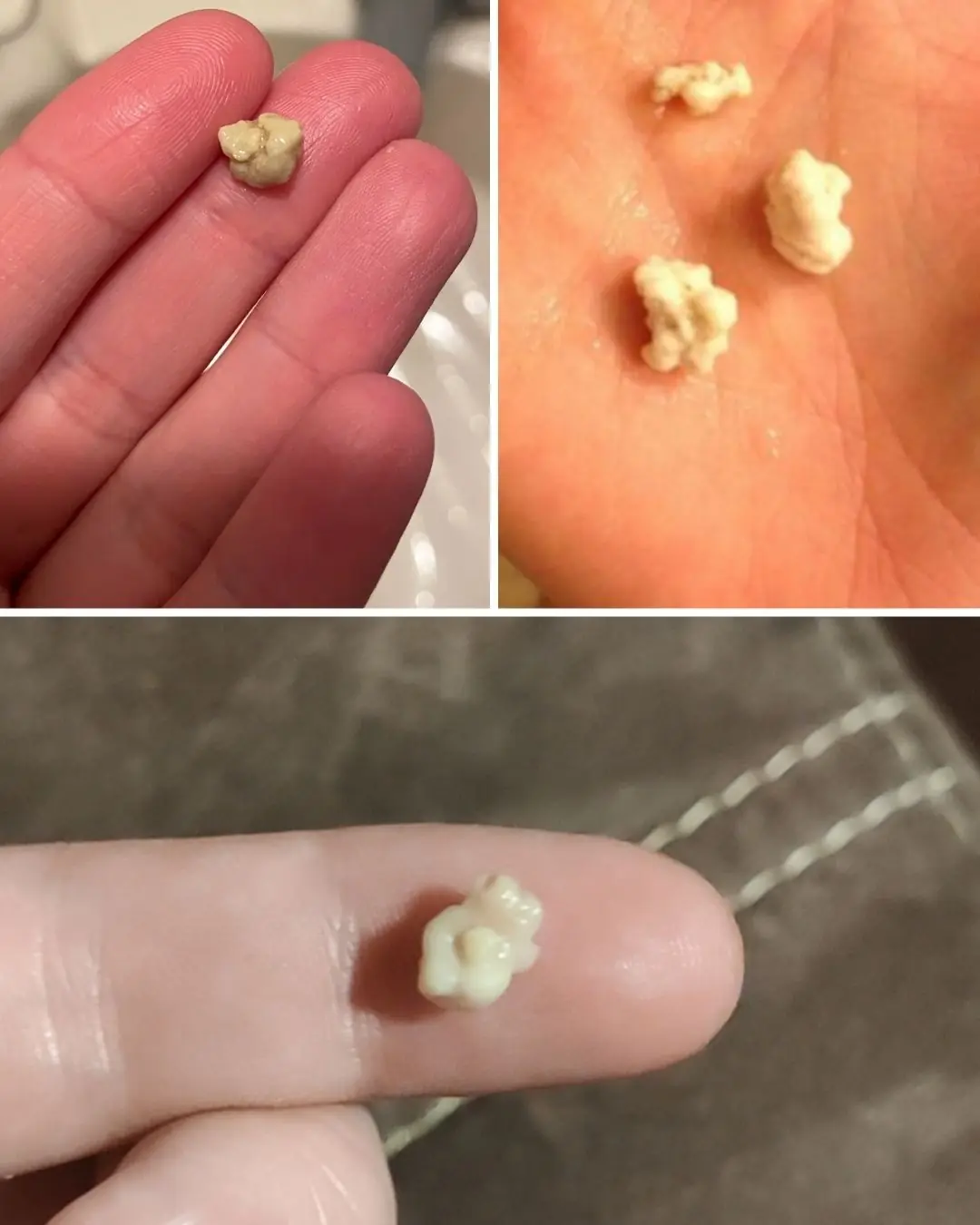
The World’s Strongest Animal Isn’t an Elephant or Bear
When you picture the strongest animal on Earth, what comes to mind? Maybe a lion, flexing its dominance across the savannah. Or a grizzly bear, powerful and imposing. Perhaps even the elephant, whose size alone commands respect.
But what if the real champion of strength isn’t any of these?
What if the strongest animal on Earth is so small you can’t even see it with the naked eye?
🪳 Introducing the Oribatid Mite: The World’s Strongest Animal (Per Pound)
Say hello to the oribatid mite — a tiny, soil-dwelling creature that redefines what it means to be strong.
These microscopic arthropods, weighing less than 25 micrograms (lighter than a single grain of sand!), have been observed lifting up to 1,180 times their own body weight.
💡 Strength Comparison:
If a 150-pound human had the same strength-to-weight ratio, they’d be able to lift over 80 tons — the weight of a fully loaded cargo ship, or more than 10 elephants stacked together.
Let that sink in.
🧬 How Is That Even Possible? The Science Behind the Strength
While it might seem like magic, the oribatid mite’s power comes down to biology, physics, and evolution. Here’s how these creatures achieve super-strength on a miniature scale:
1. Maximum Muscle, Minimal Bulk
Oribatid mites don’t have bulky bones. Their bodies are compact and efficient — almost entirely muscle. Unlike larger animals that must carry heavy skeletal systems, mites dedicate more of their mass to pure strength.
Think of them as microscopic bodybuilders — lean, dense, and power-packed.
2. The Physics of Being Tiny
At microscopic levels, the rules of physics change. Gravity matters less, while surface tension, friction, and muscle efficiency matter more.
-
Small size = more efficient movement
-
Higher surface-area-to-volume ratio = less energy loss
-
Greater control = more precise, forceful action
This is why insects can fall from great heights unharmed — and why mites can lift astonishing loads.
3. Built Like a Tank: The Exoskeleton Advantage
Rather than having internal bones, oribatid mites are protected by a durable exoskeleton — a tough outer shell that provides both protection and structure without unnecessary weight.
This also gives their internal muscles more freedom to expand and contract effectively, boosting their lifting power.
🌍 Where Do These Mighty Mites Live?
You don’t have to look far. Oribatid mites are literally under your feet — living in:
-
Forest soil
-
Leaf litter
-
Moss
-
Compost piles
-
Organic-rich topsoil
They prefer moist, shaded environments, where they quietly go about their essential work.
✅ Eco-Heroes in Disguise: Why We Need Them
Despite their size, oribatid mites play an outsized role in maintaining ecosystems. They're not just strong — they're essential.
They help:
-
Decompose dead organic matter
-
Cycle nutrients back into the soil
-
Suppress harmful microbes and parasites
-
Disperse seeds and beneficial fungi
-
Support the food web (they're prey for larger soil organisms)
In short, they’re natural recyclers, keeping the environment balanced and fertile — all while bench-pressing the microbial equivalent of trucks.
🕰️ Slow Movers, Long Survivors
These mites aren’t fast — but they are resilient. They grow slowly, taking up to two years to reach adulthood, and pass through six distinct life stages: from egg to pre-larva to adult.
But what they lack in speed, they make up for in survival.
🦕 Ancient Powerhouses
Oribatid mites have existed for over 300 million years, crawling through the soil since before the dinosaurs. They've endured mass extinctions, climate shifts, and ice ages — evolving into some of the most robust creatures on Earth.
🤖 What Can We Learn From the Might of the Mite?
The oribatid mite teaches us a powerful truth: strength isn’t always about size.
Their biology offers inspiration for fields like:
-
Biomimicry (copying nature’s designs)
-
Robotics (especially micro-robotics)
-
Material science
-
Sustainable engineering
Researchers are exploring how mimicking these mites could lead to stronger, more efficient micro-machines, energy-saving designs, or even new types of exoskeletons for humans.
💬 Final Thoughts: Small but Mighty
So the next time someone asks about the strongest animal on the planet, don’t say lion. Don’t say bear. Say:
"It’s the oribatid mite — the tiny, invisible titan that lifts the world beneath our feet."
These creatures remind us that true power isn’t always loud, visible, or large. Sometimes, it’s quiet, patient, and persistent — working behind the scenes to shape the world.
So, next time you take a walk through a forest, pause and think about what’s happening below — where the real heavy-lifters are busy keeping the Earth alive, one microscopic movement at a time.
News in the same category


The difference between the spirit of a loved one and other forces

Why Sleeping in Socks Might Be the Secret to Better Sleep

Your Smartphone Battery’s Lifespan Depends on How You Charge It—Here’s How to Do It Right

How to Extend Your Smartphone Battery’s Lifespan

Hotel Room Red Flags You Should Never Ignore

Trump Announces Eye-Watering $200,000,000 White House Renovation Plans

Turkey bars Israeli ships from its ports, restricts airspace

Man develops 'pork worms' in his brain after years of doing this specific cooking habit

Woman who d::ied for 24 minutes before being brought back to life details exactly how it felt

‘Healthy Man’ Diagnosed With Cancer After Noticing Dog’s Bizarre Behavior Around Him

Nearly 64% of All Bottled Water in America Is Just Tap Water. These Are the Brands.

The difference between the spirit of a loved one and other forces

One Swedish man replied to all those who wondered how people live in such tiny apartments by showing his own

Expert issues warning to couples as 'menodivorce' becomes increasingly common in relationships

Christina Applegate reveals how her MS diagnosis has ‘broken’ her 14-year-old daughter Sadie

How True Love Shows Itself During Intimacy

‘Miracle’ Moment: Cross Necklace Stops Bullet and Saves Man’s Life

Christian Bale Built $22 Million Foster Care Village in California
News Post

Never Throw Away Strawberry Leaves: 17 Powerful Reasons Your Whole Family Will Need Them.

Clove Cumin Detox: Collagen Booster

When buying loofah, should you choose the dark green or light green ones for better taste? Many people who have been shopping for years still don't know this.

Two quick and easy ways to wash yellowed pillow fillings, instantly turning them bright white like new.

Playful ICE Arrest Mugshot Explodes Online — And The Real Reason Will Surprise You

Tonsil Stones: Causes, Symptoms, and Natural Remedies

“Brewing coffee with hot water is old-fashioned, brew coffee in cold water using the method of the past for an unexpectedly delicious taste.

Put a Wet Paper Sheet in the Washing Machine – Surprising Benefits, Something Every Household Needs This Winter

Wrap a nylon bag around a broom – no vacuum cleaner needed, yet it still gathers scattered hair in the house.

Fix a clogged showerhead with weak water flow in just 3 minutes – no need to spend money on a replacement

Experts reveal 3 ways to eliminate E. coli bacteria in water – essential knowledge to protect your family

Put a handful of salt into a dirty toilet with yellow stains: Just 30 minutes later, you will see a miracle

The most correct way to give first aid for stroke at home

Cook black bean sweet soup quickly, delicious, not time consuming, save gas/electricity

Apple insider reveals new leaks about foldable iPhone release for 2026

Experts reveal the five foods you should absolutely never freeze

The difference between the spirit of a loved one and other forces

Your Heart Emits a Magnetic Field 100x Stronger Than Your Brain – And It Can Be Detected 3 Feet Beyond Your Body

🌱 Discover Papaya Seeds: Nature’s Tiny Powerhouse for Total Wellness
